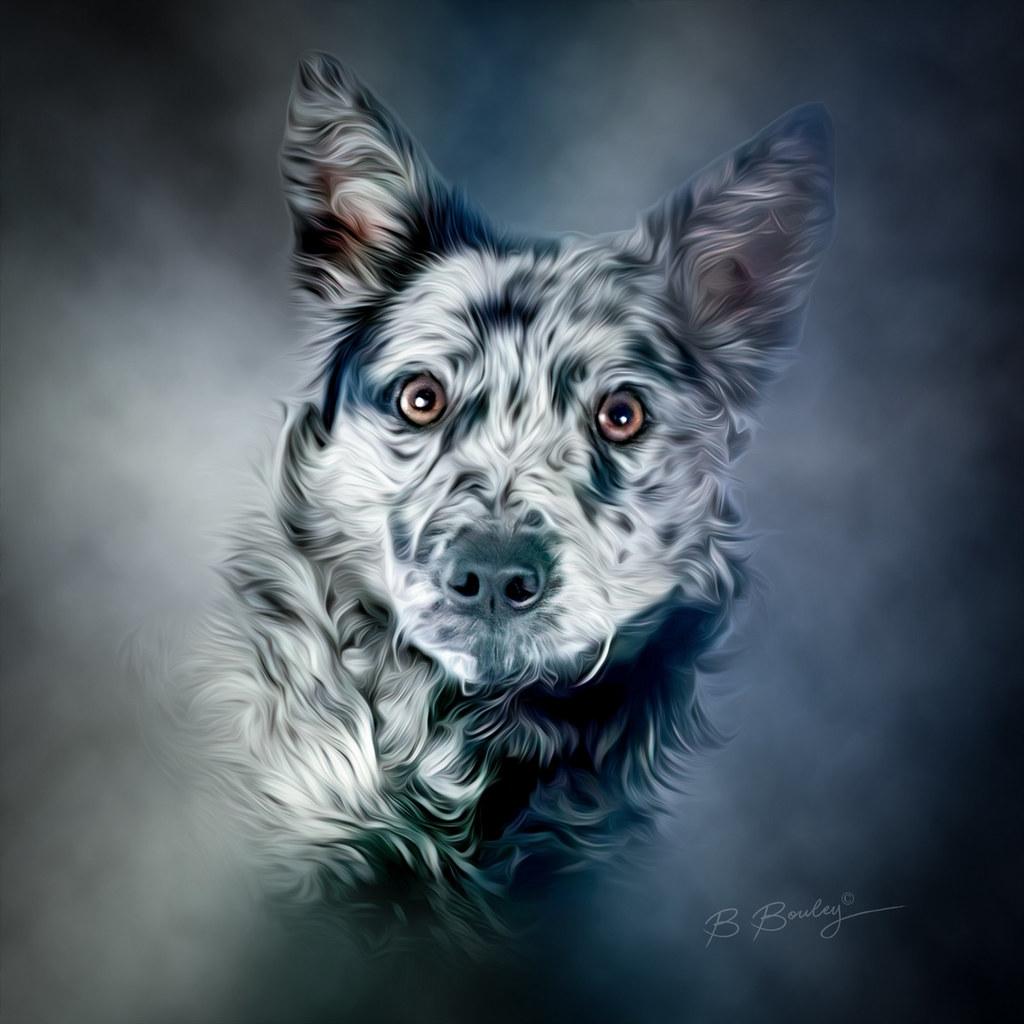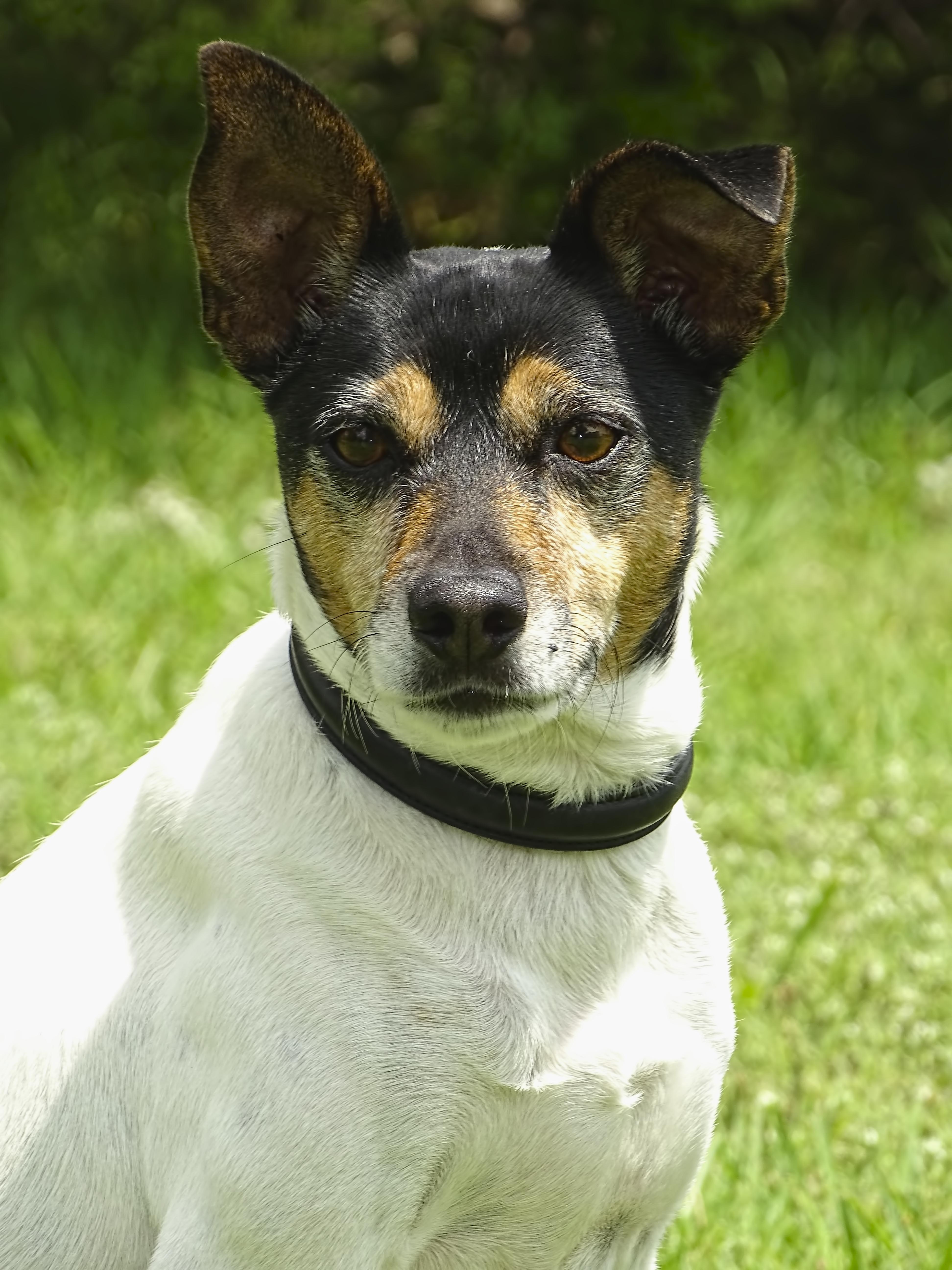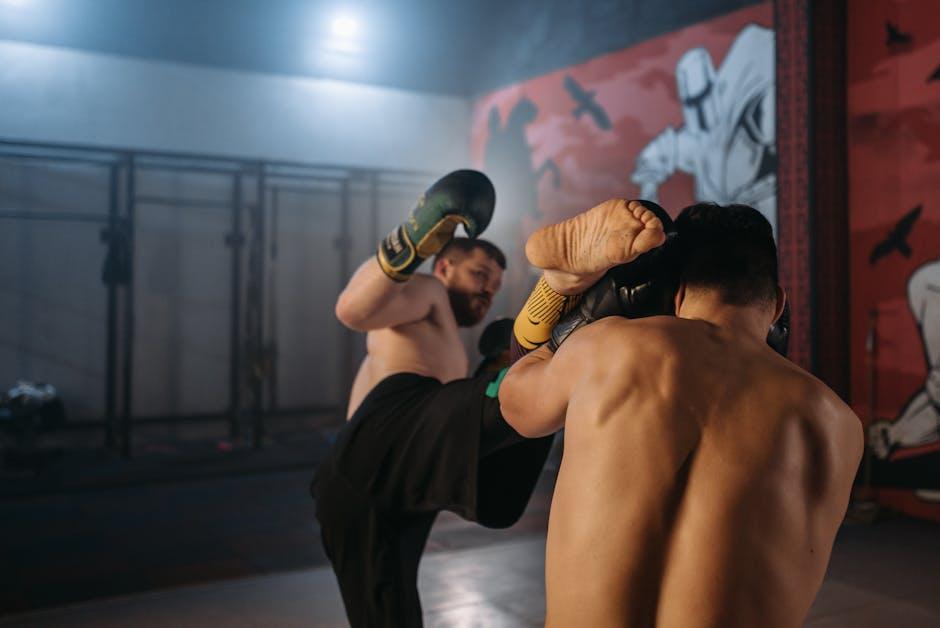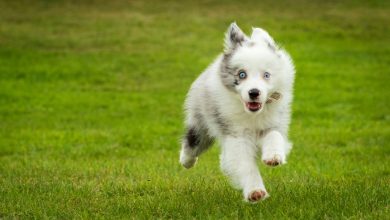Should Aggressive Breeds Be Handled Differently in Training

When it comes to dog training, the debate over whether aggressive breeds should be handled differently is both complex and multifaceted. As dog ownership continues to rise, so too does the diversity of breeds that share our homes and communities. Among these, certain breeds have garnered reputations for being more aggressive or challenging to train. This has led to discussions among trainers, veterinarians, and dog owners alike about the most effective and humane ways to manage and train these breeds. In this article, we will explore the characteristics often associated with aggressive breeds, examine the potential benefits and drawbacks of specialized training approaches, and consider expert opinions on whether these breeds truly require different handling techniques. By delving into this topic, we aim to provide a balanced perspective that will assist dog owners and trainers in making informed decisions that prioritize the well-being and safety of both dogs and humans.
Understanding Aggressive Breeds and Their Unique Behavioral Traits
When it comes to training dogs often labeled as aggressive breeds, understanding their unique behavioral traits is crucial. These breeds, such as Pit Bulls, Rottweilers, and Dobermans, are often misunderstood, with stereotypes overshadowing their potential for loyalty and intelligence. While some may have a higher prey drive or a more assertive nature, these traits do not inherently make them dangerous. Instead, they point to the need for a tailored training approach that respects their instincts while promoting positive behaviors.
- Consistency: It’s vital to maintain a consistent training routine, using the same commands and rewards to build trust and understanding.
- Positive Reinforcement: Focus on rewarding good behavior rather than punishing bad behavior, which can exacerbate fear or aggression.
- Socialization: Early and controlled exposure to different environments, people, and other animals can help mitigate fear and anxiety.
- Understanding Triggers: Identifying what might trigger an aggressive response and working to desensitize the dog to these triggers can be beneficial.
Incorporating these strategies into training can help dispel myths surrounding these breeds, highlighting their potential to be well-behaved companions. Tailoring the approach to their specific needs not only ensures better training outcomes but also fosters a deeper bond between the dog and owner.

Effective Training Techniques for Managing Aggression in Dogs
When it comes to training techniques for managing aggression in dogs, it’s crucial to adopt methods that cater to the individual needs of the dog, regardless of its breed. Understanding the root cause of aggression is the first step. Often, aggression stems from fear, anxiety, or territorial instincts. Once the underlying issue is identified, you can tailor your approach to address these specific triggers. Here are some effective techniques to consider:
- Positive Reinforcement: Reward-based training helps reinforce good behavior by providing treats, toys, or praise when the dog behaves calmly in situations that might typically trigger aggression.
- Desensitization and Counter-Conditioning: Gradually expose the dog to the source of its aggression in a controlled environment, while simultaneously introducing a positive stimulus, to change the dog’s emotional response.
- Consistency and Patience: Consistent commands and routines help the dog understand expectations. Patience is key, as progress might be slow, but steady commitment can yield significant results.
For breeds often labeled as aggressive, these techniques remain effective but might require more persistence and professional guidance. Seeking help from a certified dog trainer who specializes in aggressive behavior can provide valuable insights and support.

The Role of Early Socialization in Aggressive Breed Development
Early socialization plays a crucial role in shaping the behavior and temperament of dogs, particularly in breeds often labeled as aggressive. Exposing puppies to a variety of environments, people, and other animals can significantly impact their ability to interact calmly and confidently with the world around them. By integrating these experiences during their formative weeks, owners can help reduce the likelihood of fear-based aggression or anxiety in adulthood.
- Interaction with diverse environments: Introducing puppies to different settings like parks, urban areas, and quiet neighborhoods helps them adapt to new stimuli.
- Exposure to various people: Meeting individuals of different ages, genders, and ethnic backgrounds can help puppies become more comfortable and less reactive.
- Controlled play with other animals: Supervised interactions with well-behaved dogs can teach important social cues and prevent aggressive tendencies.
Socialization should be approached with patience and consistency, using positive reinforcement to encourage desirable behavior. This foundational training can be pivotal in preventing the development of aggressive traits and ensuring that these breeds grow into well-adjusted companions.

Tailoring Training Approaches to Suit Specific Aggressive Breeds
When it comes to training aggressive breeds, it’s crucial to adopt methods that cater to their unique characteristics and behaviors. Understanding the breed’s background is the first step. Certain breeds may have been historically bred for guarding or protection, leading to natural tendencies that require specific approaches. Recognize their triggers, whether it’s territorial instincts, fear, or dominance, and tailor your training techniques to address these aspects.
- Consistency is key: Establish clear rules and routines to create a stable environment.
- Positive reinforcement: Use rewards to encourage desired behaviors, reducing reliance on punishment.
- Socialization: Introduce them gradually to various people, animals, and environments to mitigate aggression.
- Professional guidance: Consider enlisting the help of a professional trainer experienced with aggressive breeds.
Safety measures are equally important. Ensure you have the right equipment, such as sturdy leashes and harnesses, to maintain control. Remember, each dog is an individual, and while breed tendencies can guide your approach, personalized strategies often yield the best results.



